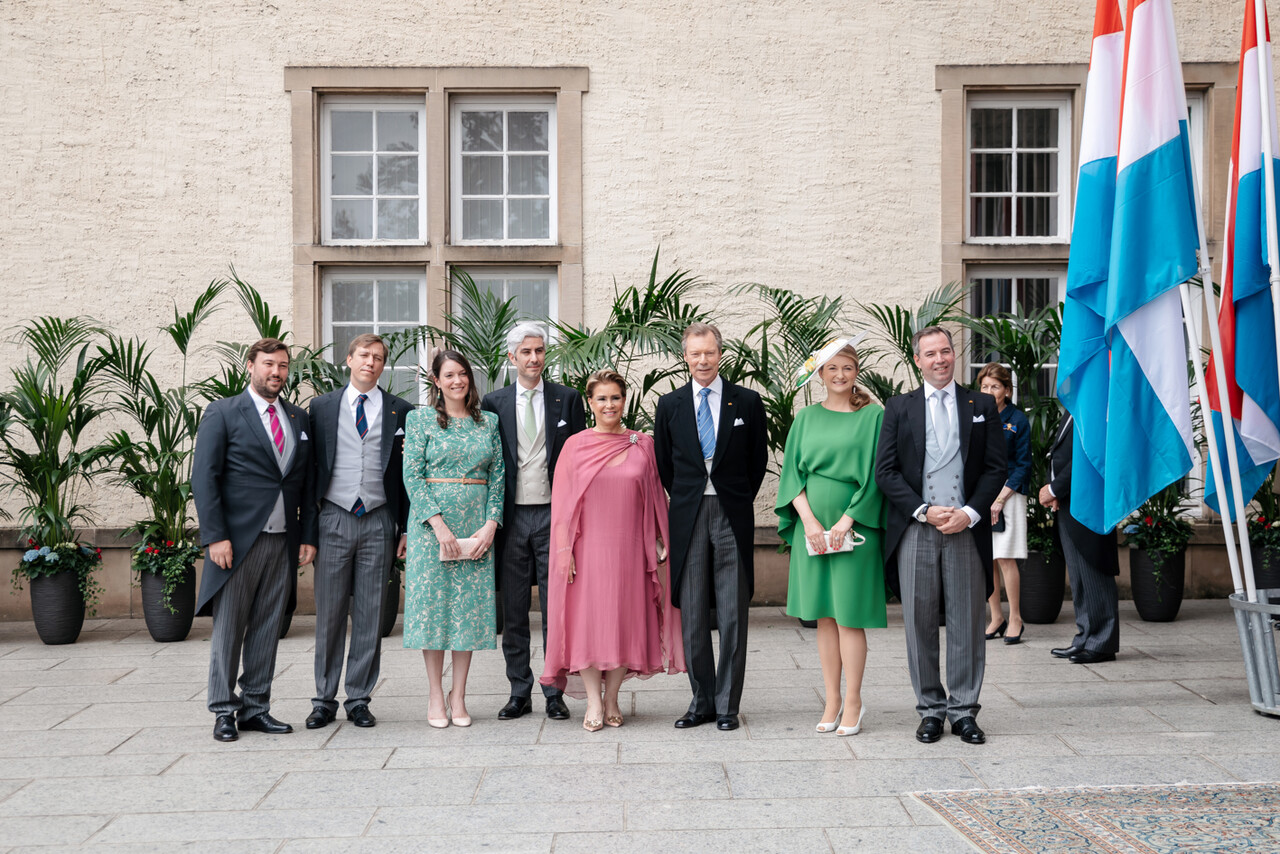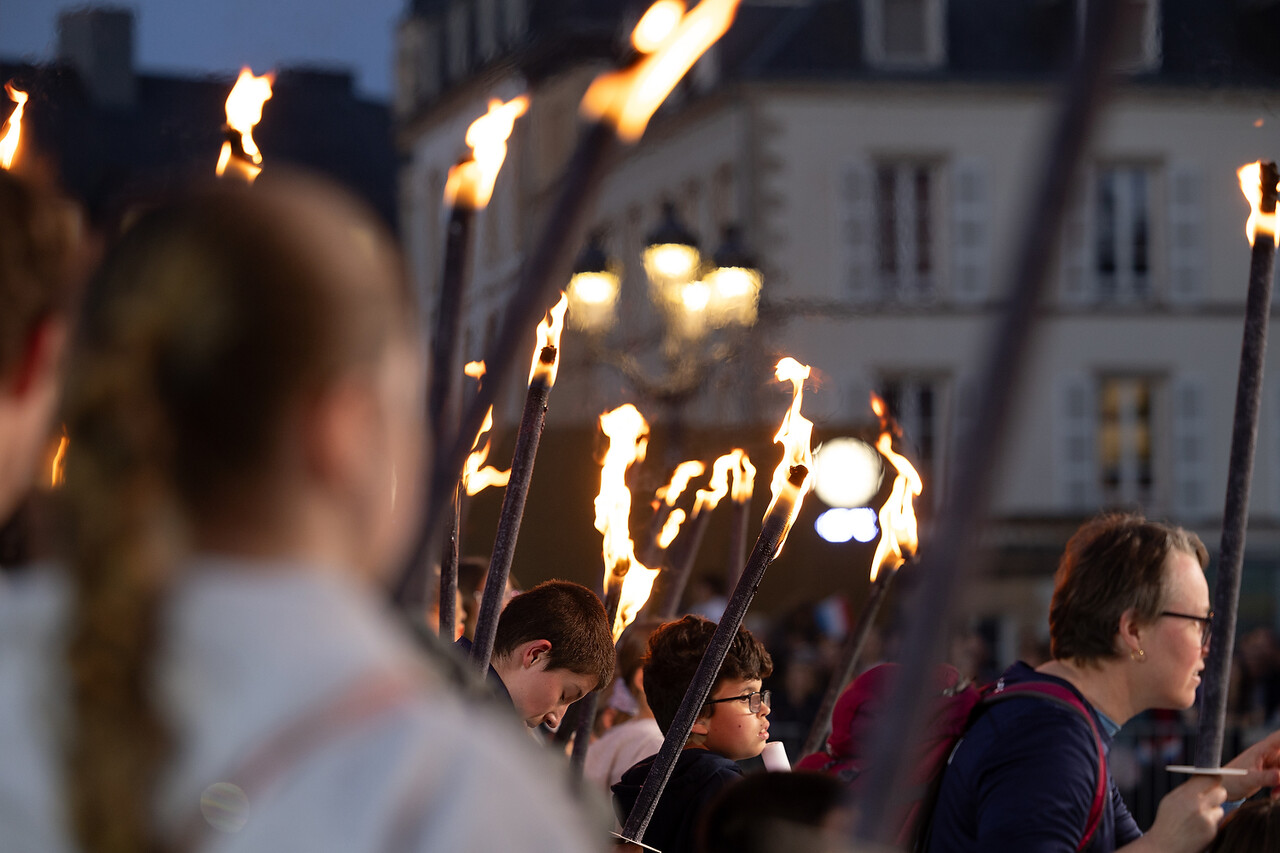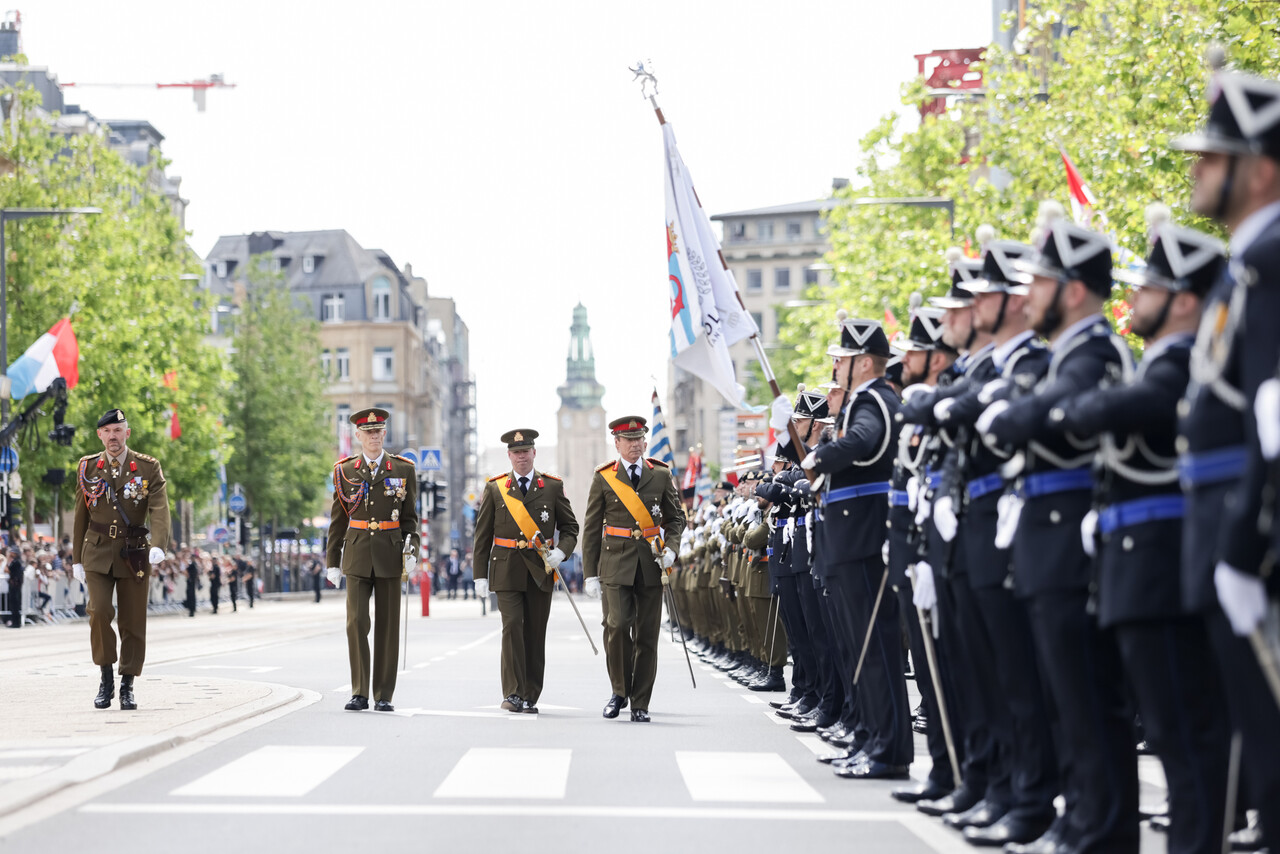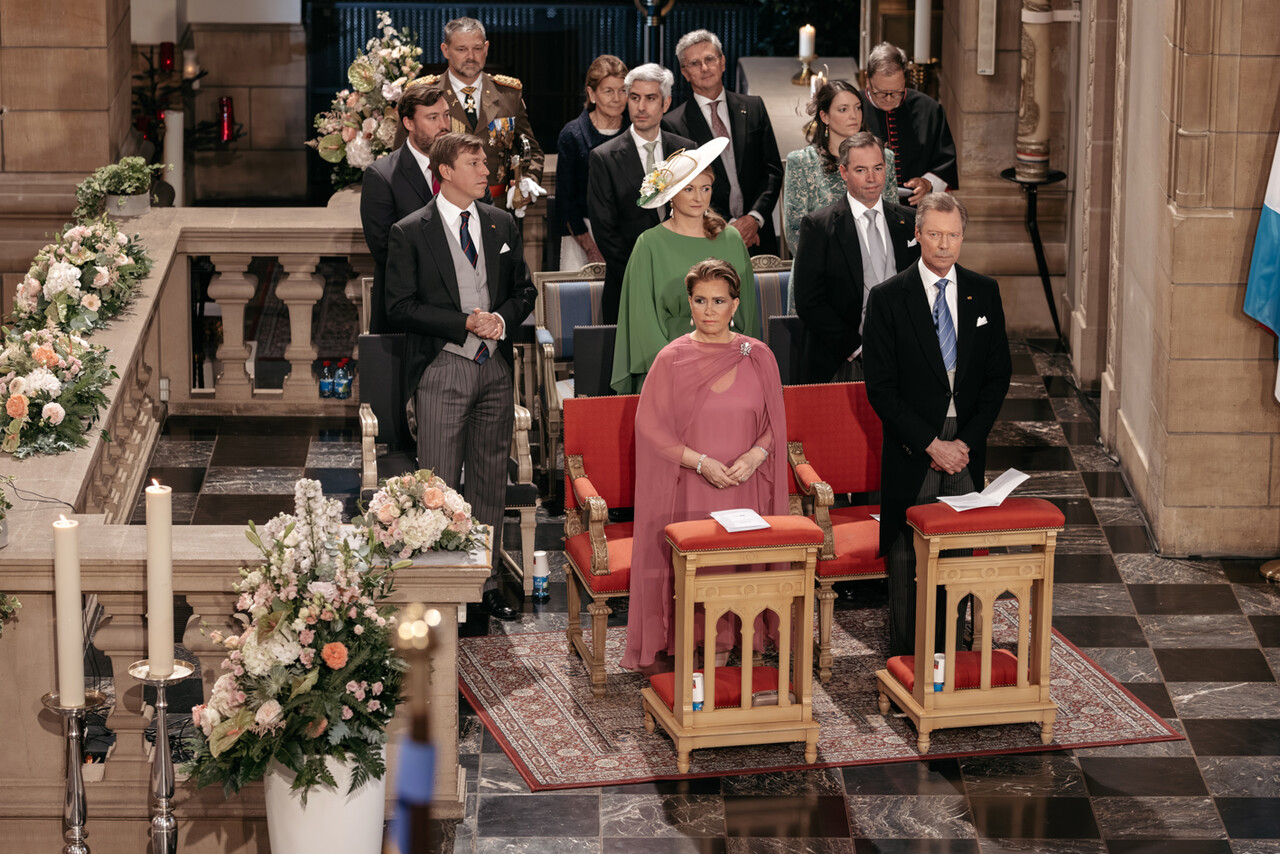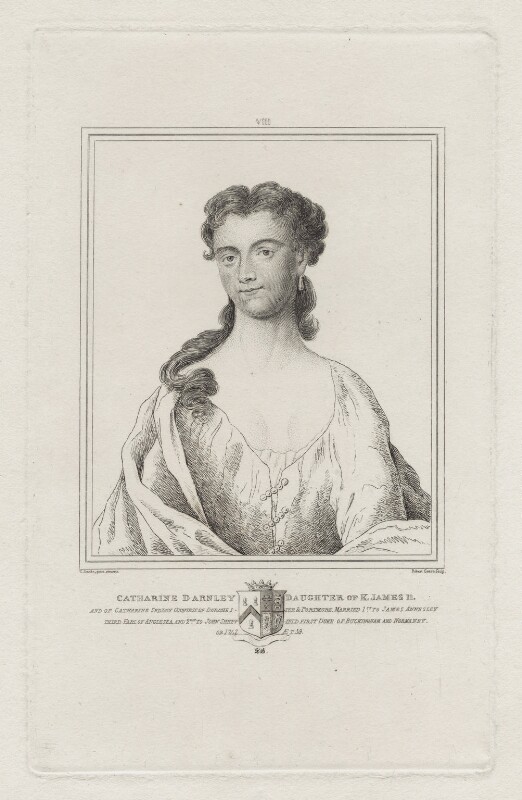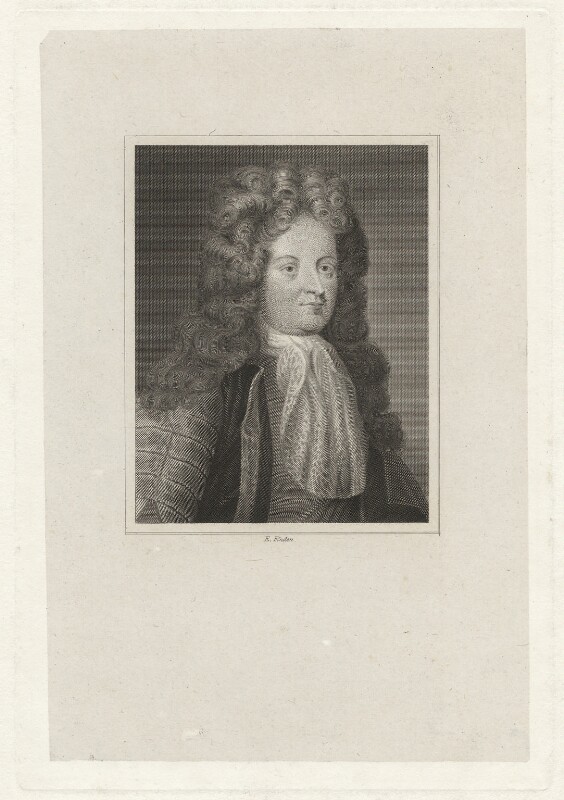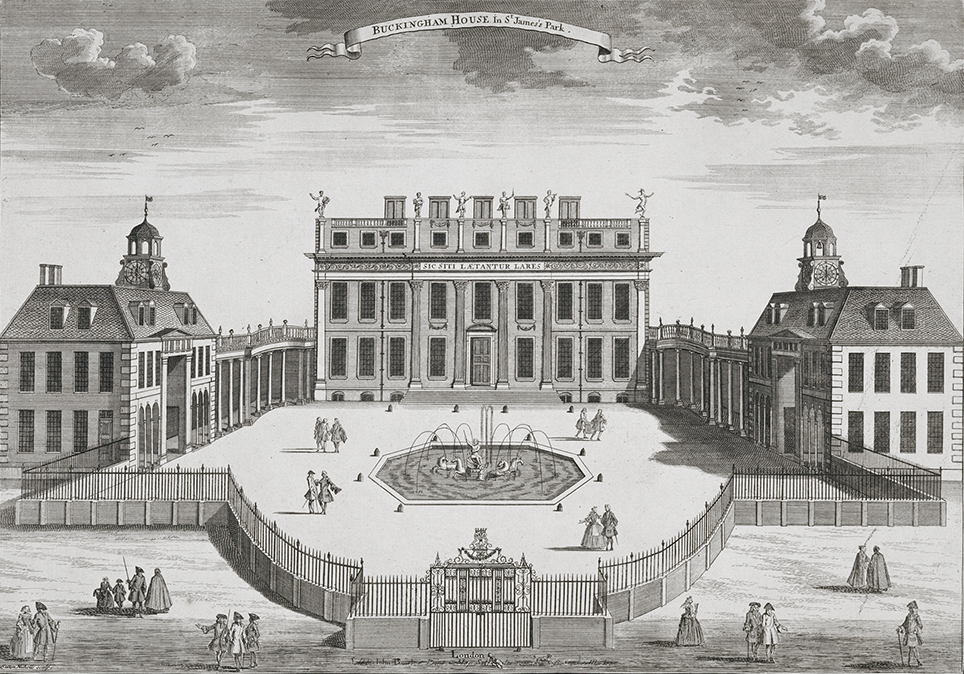© Unofficial Royalty 2024

Mathilde Karoline of Bavaria, Grand Duchess of Hesse and by Rhine; Credit – Wikipedia
August 30, 1813 – Birth of Mathilde Karoline of Bavaria, Grand Duchess of Hesse and by Rhine, daughter of King Ludwig I of Bavaria and wife of Ludwig III, Grand Duke of Hesse and by Rhine, in Augsburg, Kingdom of Bavaria, now in Bavaria, Germany
Full name: Mathilde Karoline Friederike Wilhelmine Charlotte
The eldest daughter of King Ludwig I of Bavaria, Mathilde Karoline married the future Ludwig III, Grand Duke of Hesse and by Rhine but the couple had no children. Mathilde Karoline died of cancer at the age of 48 in 1862. Because she had remained Catholic after her marriage into the Grand Ducal family who was Lutheran, she is buried at St. Ludwig’s Catholic Church in Darmstadt.
Unofficial Royalty: Mathilde Karoline of Bavaria, Grand Duchess of Hesse and by Rhine
August 30, 1831 – Death of Louise of Saxe-Gotha-Altenburg, Duchess of Saxe-Coburg and Gotha, the divorced wife of Ernst I, Duke of Saxe-Coburg and Gotha, in Paris, France; buried at the Ducal Family Mausoleum, Glockenburg Cemetery in Coburg, Duchy of Saxe-Coburg and Gotha, now in Bavaria, Germany
Louise was the mother of Prince Albert, Queen Victoria’s husband. Although her marriage to Ernst was initially happy, the couple soon grew apart due to Ernst’s infidelities. In 1823, Louise had an affair with Gottfried von Bülow, the court chamberlain, and in 1824, she had an affair with Alexander von Hanstein, one of her husband’s equerries. At midnight on September 2, 1824, Louise was forced into exile and permanently cut off from her children. Louise and von Hanstein married but had no children. In 1831, Louise traveled with her husband to see doctors in Paris, France because of the deterioration of her health. Unfortunately, incurable cervical cancer was diagnosed. Louise died on August 30, 1831, in Paris at the age of 30.
Unofficial Royalty: Louise of Saxe-Gotha-Altenburg, Duchess of Saxe-Coburg and Gotha
August 30, 1870 – Birth of Alexandra of Greece and Denmark, born Grand Duchess Alexandra Georgievna of Russia, daughter of King George I of Greece, wife of Grand Duke Paul Alexandrovich of Russia, at the Mon Repos villa on the Greek island of Corfu
Alexandra was the eldest of the three daughters of King George I of Greece and Grand Duchess Olga Konstantinovna of Russia. She was named after her paternal aunt Alexandra of Denmark, the future Queen Alexandra of the United Kingdom, wife of King Edward VII. Alexandra married Grand Duke Paul Alexandrovich, the youngest child of Alexander II, Emperor of all Russia. The couple had two children but sadly, Alexandra died after giving premature birth to her second child.
Unofficial Royalty: Alexandra of Greece and Denmark, Grand Duchess Alexandra Georgievna of Russia
August 30, 1915 – Birth of Princess Lilian of Sweden, Duchess of Halland, wife of Prince Bertil of Sweden, Duke of Halland, born Lilian May Davies in Swansea, Wales
Lilian and Prince Bertil, who was serving as a naval attaché at the Swedish Embassy in London, first met at a cocktail party in 1943. At that time Bertil was third in the line of succession to the Swedish throne. By the time his father came to the throne in 1950, Bertil was now second in the line of succession. His elder brother Gustaf Adolf had been killed in a plane crash in 1947, leaving an infant son, Carl Gustaf, the future King Carl XVI Gustaf of Sweden, the heir to the throne. With the likelihood of Bertil being called to serve as Regent for his young nephew, he and Lilian chose not to marry so that he could retain his position in the Royal Family. Bertil’s father died in 1973, and Bertil’s nephew became King Carl XVI Gustaf. The rules, as well as the times, were beginning to change. The King married in June 1976 to a commoner, Sylvia Sommerlath, and soon after, he granted his formal permission for Bertil and Lilian to marry.
Unofficial Royalty: Princess Lilian of Sweden, Duchess of Halland
August 30, 1917 – Birth of Grand Duke Vladimir Kirillovich of Russia, son of Grand Duke Kirill Vladimirovich of Russia and Princess Victoria Melita of Edinburgh and Saxe-Coburg and Gotha, in Porvoo, Grand Duchy of Finland, Russian Empire, now in Finland
Grand Duke Vladimir Kirillovich of Russia was the pretender to the throne of Russia from 1938 – 1992.
Unofficial Royalty: Grand Duke Vladimir Kirillovich of Russia
August 30, 1946 – Birth of Queen Anne-Marie of Greece, wife of former King Constantine II of Greece, daughter of King Frederick IX of Denmark, born Anne-Marie of Denmark at Amalienborg Palace in Copenhagen, Denmark
Full name: Anne-Marie Dagmar Ingrid
Six months after his accession to the Greek throne, on September 18, 1964, King Constantine married 18-year-old Anne-Marie. Upon marriage, she became Queen of the Hellenes and relinquished her place in the line of succession to the Danish throne. Before the wedding, Anne-Marie converted to Greek Orthodoxy. Anne-Marie and Constantine are third cousins twice, sharing both King Christian IX of Denmark and Queen Victoria of the United Kingdom as common ancestors. The couple had five children. Unfortunately, her tenure as Queen did not last very long. Following a coup in 1967, the Greek royal family went into exile, living in Rome for several years before moving to Denmark and then finally settling in the United Kingdom. While in exile, King Constantine was deposed and the monarchy was formally abolished in 1974. In 2013, Anne-Marie and Constantine were able to return permanently to Greece, where Constantine died in 2023.
Unofficial Royalty: Anne-Marie of Denmark, Queen of Greece
August 30, 1963 – Death of Alexandra of Hanover and Cumberland, Grand Duchess of Mecklenburg-Schwerin, wife of Friedrich Franz IV, Grand Duke of Mecklenburg-Schwerin, at Glücksburg Castle in Glücksburg, Germany; buried at New Cemetery in Glücksburg, Germany
Alexandra’s husband was the last Grand Duke of Mecklenburg-Schwerin. At the end of World War I, following her husband’s abdication on November 14, 1918, the family was forced to leave Mecklenburg. They traveled to Denmark at the invitation of Queen Alexandrine, Friedrich Franz’s sister, and stayed for a year. The following year, they were permitted to return to Mecklenburg and recovered several of their properties. At the end of World War II, with the Soviet Army approaching Mecklenburg, the family was again forced to flee. Intending to return to Denmark, they traveled to Glücksburg Castle, in Glücksburg, Schleswig-Holstein, Germany, the home of their youngest daughter where they both lived the rest of their lives.
Unofficial Royalty: Alexandra of Hanover and Cumberland, Grand Duchess of Mecklenburg-Schwerin
This article is the intellectual property of Unofficial Royalty and is NOT TO BE COPIED, EDITED, OR POSTED IN ANY FORM ON ANOTHER WEBSITE under any circumstances. It is permissible to use a link that directs to Unofficial Royalty.



